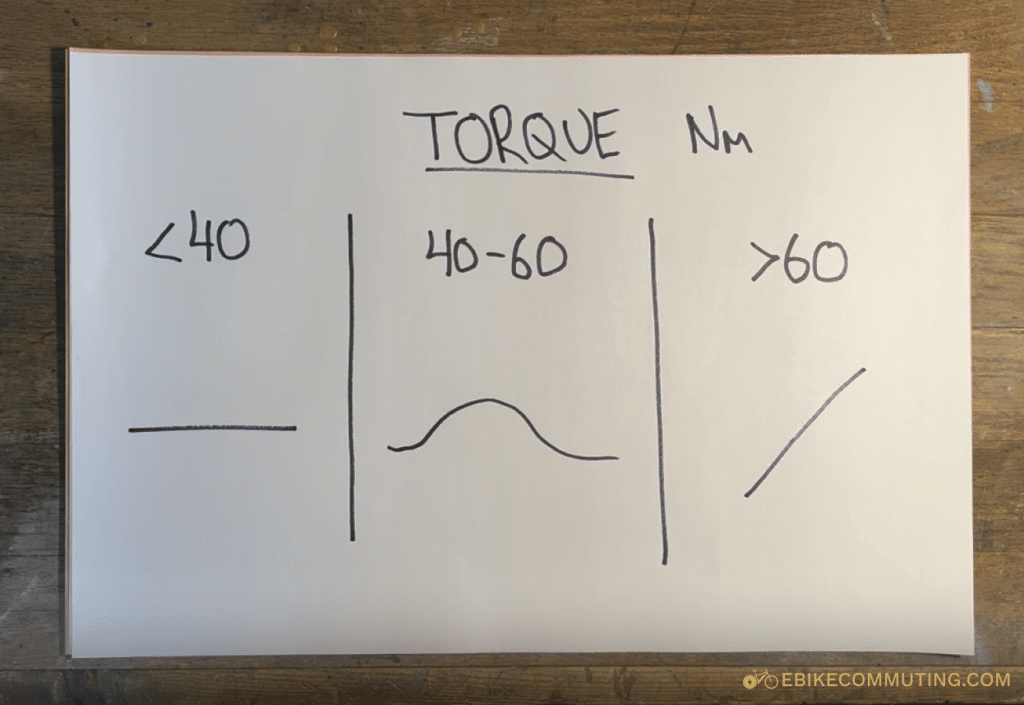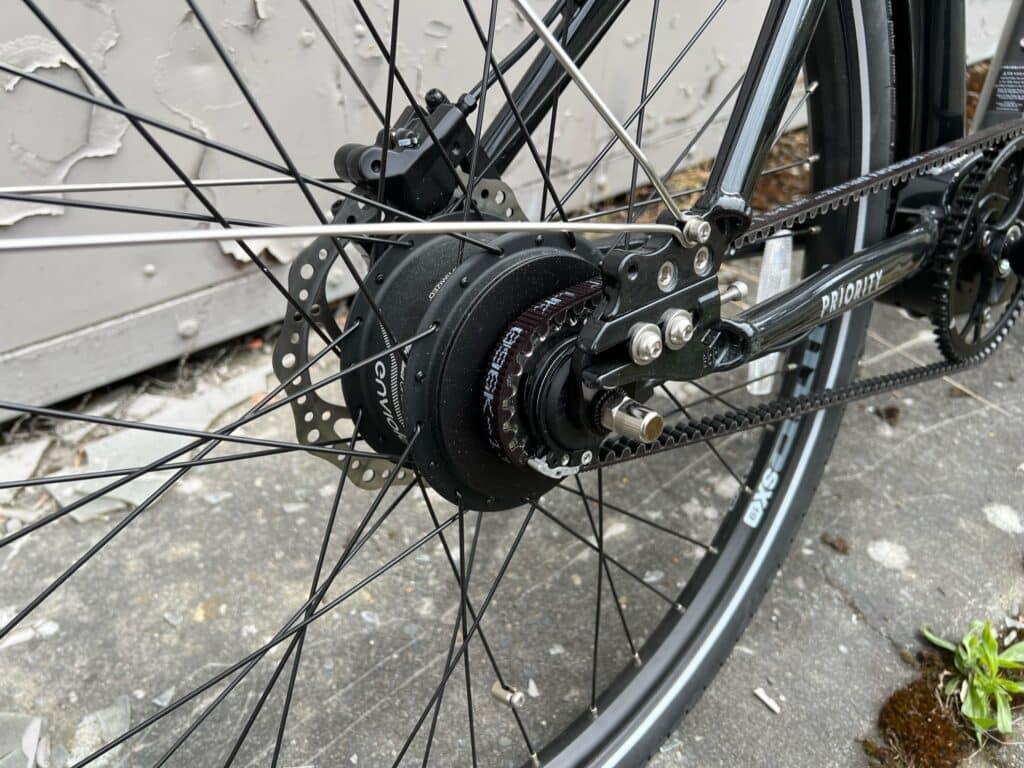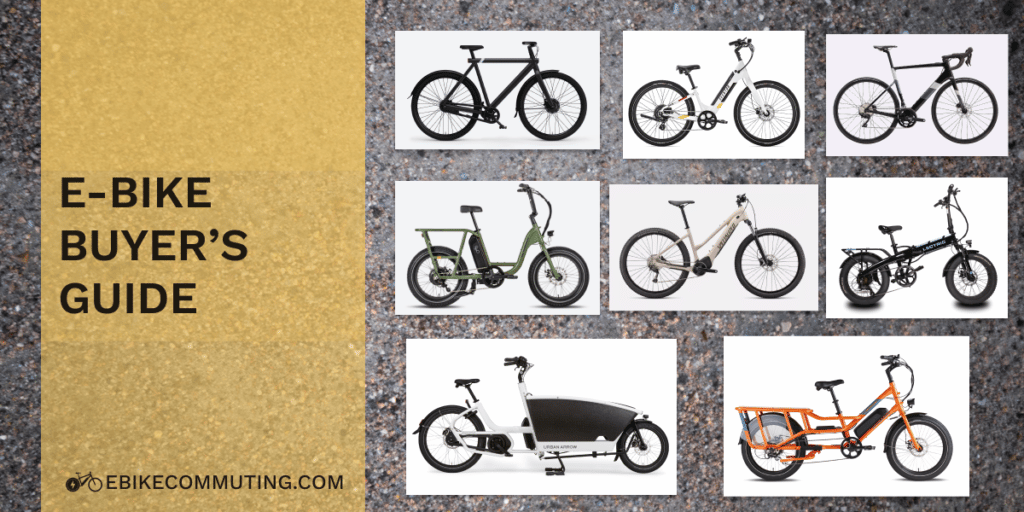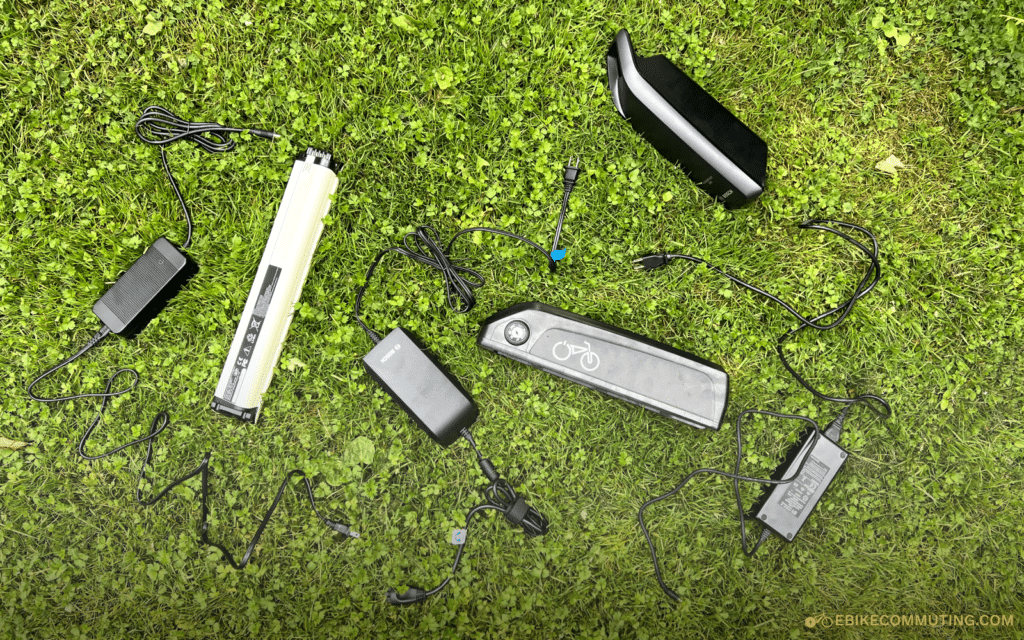If you’re in the market for an e-bike, you’ve likely come across terms like torque and watts. These terms are important to understand since they can greatly impact the overall performance of your electric bike. In this article, we’ll break down what these terms mean and how they affect your riding experience, so you can make an informed decision when selecting an e-bike.
Table of contents
Understanding E-Bike Terminology
Before we delve into the specifics of torque and watts, it’s important to have a solid understanding of e-bike terminology. E-bikes have become increasingly popular in recent years, and with this rise in popularity has come a new vocabulary of terms that can be confusing to the uninitiated. Here are a few key terms you should know:
- Pedal-assist: A mode that provides electric assistance to the rider while they are pedaling. The amount of assistance is determined by the level selected. Pedal-assist is a popular mode for e-bikes, as it allows the rider to still get exercise while receiving a boost from the motor.
- Throttle: A mode that provides full electric power when the rider engages a trigger or twist grip on the handlebars. Some e-bikes combine pedal-assist and throttle modes. Throttle mode is often used for situations where the rider needs a burst of speed, such as when passing another rider or navigating through traffic.
- Battery: The battery is a crucial component of an e-bike, as it provides the power to the motor. E-bike batteries come in different sizes and capacities, and can be mounted on the frame or integrated into the downtube.
- Controller: The controller is the brain of the e-bike, and is responsible for regulating the power output of the motor. It is often mounted on the handlebars or integrated into the frame.
Defining Torque
Torque refers to the amount of force an e-bike’s motor can produce to turn the wheels. Put simply, the more torque an e-bike has, the more power it can exert to accelerate and climb hills. Torque is measured in newton-meters (Nm) and can range from around 30 Nm for entry-level e-bikes to over 100 Nm for high-end models. A higher torque rating is especially important for riders who plan to use their e-bike for off-road adventures or for carrying heavy loads.
Defining Watts
Watts, on the other hand, refer to the amount of power the e-bike motor can produce. This power output determines how fast the e-bike can go, and how much distance it can cover on a single battery charge. Watts are measured in watts (W), and e-bike motors can have power outputs ranging from 250 W to 750 W or more. A higher wattage motor will provide more power and speed, but will also drain the battery more quickly. Riders who plan to use their e-bike for longer trips or for commuting may want to opt for a higher wattage motor to ensure they have enough power to make it to their destination.
Overall, understanding e-bike terminology is crucial for anyone who is considering purchasing an e-bike. By knowing the different modes, components, and specifications of e-bikes, riders can make an informed decision about which e-bike is right for them.
The Role of Torque in E-Bikes
Now that we’ve defined torque and watts, let’s take a closer look at the role of torque in e-bikes.
How Torque Affects Performance
As mentioned, torque plays a major role in the acceleration and climbing abilities of an e-bike. A higher torque motor will enable the e-bike to accelerate faster from a dead stop and power up steeper inclines with ease. This makes torque especially important for off-road riding, commuting in hilly areas, or for riders who plan to carry heavy loads on their e-bike.
For example, imagine you are commuting to work and have to navigate a steep hill on your route. Without a high torque motor, you may struggle to maintain a consistent speed and could potentially have to dismount and walk your e-bike up the hill. However, with a high torque motor, you can power up the hill with ease and arrive at work feeling energized and ready for the day ahead.
Measuring Torque on E-Bikes
Torque can be measured in one of two ways: peak torque or continuous torque. Peak torque measures the maximum amount of force the motor can produce in a short burst, while continuous torque measures the amount of force the motor can maintain for an extended period of time.
When selecting an e-bike, it’s important to consider both measurements of torque. A high peak torque will allow for quick acceleration and powerful climbs, while a high continuous torque will ensure that the motor can maintain that power over a longer period of time without overheating or causing damage to the motor.
It’s also important to note that torque can vary depending on the level of assistance provided by the e-bike’s motor. For example, a motor may provide a higher level of assistance in the lower gears, resulting in a higher torque output. Understanding how your e-bike’s motor functions and the different levels of assistance it provides can help you maximize the benefits of torque and improve your overall riding experience.
The Role of Watts in E-Bikes
Now that we understand how torque impacts e-bike performance, let’s shift our focus to watts.
Watts play a crucial role in determining the power output of an e-bike. It is the measure of the rate at which energy is being transferred. The more watts an e-bike has, the more powerful it is, and the better it performs. However, it is important to note that wattage is not the only factor that determines the overall performance of an e-bike.
How Watts Affect Speed and Range
Watts determine the maximum speed an e-bike can reach, as well as how far it can travel on a single battery charge. Generally, the higher the wattage, the faster the e-bike can go and the more distance it can cover. However, wattage is also affected by other factors such as rider weight, terrain, wind resistance, and battery capacity.
Rider weight is a significant factor in determining the wattage required to achieve optimal performance. A heavier rider requires more power to maintain the same speed as a lighter rider. Similarly, terrain and wind resistance play a critical role in determining the power output required to maintain a particular speed. Uphill terrain and strong headwinds require more power, which means that the e-bike’s battery will drain faster.
Battery capacity is another crucial factor that affects the range of an e-bike. The higher the battery capacity, the more distance an e-bike can cover on a single charge. However, it is important to note that a higher battery capacity also means a heavier battery, which can affect the overall weight of the e-bike.
Calculating Watts on E-Bikes
To calculate the wattage of an e-bike, you multiply the voltage by the amperage. For example, a 36-volt battery paired with a 20-amp motor would have a power output of 720 watts (36 x 20 = 720).
It is important to note that the wattage of an e-bike can be limited by the local laws and regulations. In some countries, e-bikes are only allowed to have a maximum power output of 250 watts, while in others, the limit is 500 watts. It is essential to check the local laws and regulations before purchasing an e-bike.
In conclusion, watts play a critical role in determining the power output, speed, and range of an e-bike. However, it is important to consider other factors such as rider weight, terrain, wind resistance, and battery capacity when choosing an e-bike.
Comparing Torque and Watts
So, which is more important when it comes to e-bike performance: torque or watts?
The Relationship Between Torque and Watts
While torque and watts are two separate measurements, they are interrelated. In general, a higher torque motor will also have a higher wattage output. However, this is not always the case, as some e-bikes may be designed with a lower-torque, higher-wattage motor for specific applications (such as high-speed commuting).
Which is More Important for E-Bike Performance?
Ultimately, the answer to this question depends on your riding style and where you’ll be using your e-bike. If you plan on doing a lot of off-roading or tackling steep hills, torque will be more important. On the other hand, if you’ll be using your e-bike primarily for commuting or leisurely rides on flat terrain, a higher wattage motor may be more beneficial.
Choosing the Right E-Bike for Your Needs
Now that you have a better understanding of torque and watts, you can make an informed decision when selecting an e-bike. Here are a few tips for choosing the right e-bike based on your needs:
Balancing Torque and Watts for Different Riding Styles
If you plan on using your e-bike for off-roading or hilly terrain, prioritize torque over wattage. On the other hand, if you’ll be using your e-bike for commuting or leisurely rides on flat terrain, a higher wattage motor may be more beneficial. For all-around use, look for an e-bike with a balance of both torque and wattage.
Deciding How Much Torque You Will Need
Up to 40 Nm: The Urban Commuter
Ideal for: Flat to gently hilly terrains, city commutes, and leisurely rides.
With up to 40 Nm of torque, these e-bikes provide enough power for most flat city rides. They’re perfect for those who want a bit of assistance on their commute without the need for excessive power. These models often come with added benefits like lighter weight and longer battery life.
41-60 Nm: The Hilly Explorer
Ideal for: Hilly terrains, trails, and off-road adventures.
For riders who crave more challenges and want to explore rugged landscapes, e-bikes in the 41-60 Nm range offer the perfect balance of power and control. These bikes are designed to handle various terrains and provide a smooth riding experience even on demanding paths. If you have decent sized hills on your commute than I would look for an e-bike that has at least 50 Nm of torque.
60 Nm or More: The Hill Climber
Ideal for: Very steep hills, mountain trails, and intense cycling.
If you reside in a region with steep hills (or weigh upwards of 225 lbs), e-bikes with 60 Nm or more of torque will serve you well. These robust machines can tackle the steepest inclines with ease, providing an unparalleled riding experience.

Tips for Selecting an E-Bike Based on Torque and Watts
- Consider the weight of the e-bike. A heavier e-bike may require a higher torque motor to maintain good performance.
- Think about the terrain you’ll be riding on. Steep hills and off-road trails require more torque, while flat terrain may require more wattage.
- Factor in your weight and the weight of anything you may be carrying on the e-bike. This can impact how much torque and wattage you’ll need for optimal performance.
- Test ride different e-bikes to get a feel for how they handle and what type of performance they offer. This can help you determine the right balance of torque and wattage for your specific needs.
Final Word
Torque and watts are two important measurements to consider when selecting an e-bike. Torque impacts acceleration and climbing abilities, while watts determine maximum speed and range. It’s important to choose an e-bike that balances both torque and watts based on your riding style and needs. Keep in mind factors like bike weight, terrain, and rider weight when making your selection, and don’t be afraid to test ride multiple e-bikes to find the one that offers the right balance of performance for you.


